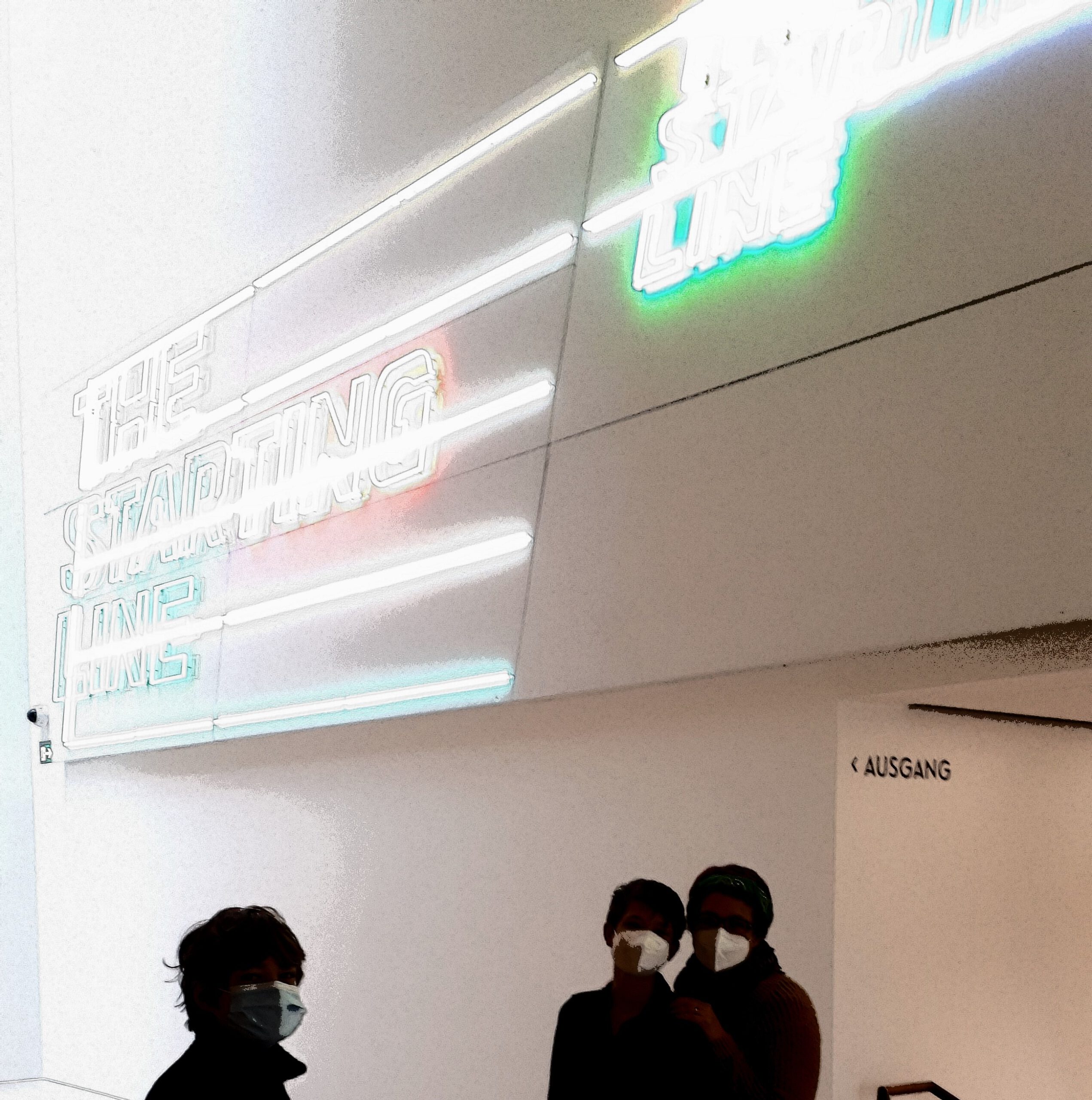“Is this Art or Can We Bin It ?”
The other day, my wife, my kids and I visited one of Munich’s many great museums once again. Its been a long time since our last visit. In today’s Corona times, it really was a nice change of routine. Holiday for the head, so to speak.
As I wandered through the exhibition rooms of the Lenbach Haus, I remembered the time when I had studied history of art and literature. And also how much fun I had had doing that.
It’s been a long time, I thought a little melancholy. And also a little shocked. Because since then my professional path has taken me so far away from art and literature. And all the questions connected with it.
(Even to the extent that I am occasionally asked where I studied business administration. Shock! I did study something real after all!)
At university, I was particularly interested in the question of what makes art art. What makes a work of art a work of art? What makes an artist an artist? And also: What makes art good and successful?

Of course, there are many answers to these questions. Here’s what stuck with me:
1. Art Is Made by Professionals. Talent and Ideas Are Rarely Enough.
Art requires the will to develop one’s talent and to put his/her ideas into execution. Art is a craft (yes, even today). Those who seriously pursue art accept this and deliberately decide to be artists. With everything that goes with it. The tools of the trade and the techniques have to be learned, constantly applied, refined and improved.
2. Art Is Uncertain.
Artists have to live with the fact that their efforts may not pay off in the way they imagine and wish. That means: artists have to live with being psychologically and economically insecure. Unlike all other areas of life (e.g. politics, economics), one cannot dazzle or muddle through. Art, in contrast, is ALWAYS authentic and genuine. (If it is not, it is low-quality).
3. Art Is About Change.
Art is ALWAYS motivated, ALWAYS striving to be effective. The goal is ALWAYS to cause a change. To point out what is important. To stimulate thought and reflection. Art takes viewers out of their usual mental and emotional routines – positively or negatively, irritatingly or reinforcingly. (Confirming “art” mostly is propaganda.)
4. Art only Works with an Audience. It needs Context.
If the only aim of art is to make a difference, art can only work if it finds an audience. Art must therefore be visible within a certain contextual frame. No audience, no context, no impact, no art.
5. The audience (also) decides.
Much depends on the attitude of the artist to his/her work. After all, if artists do not believe in their art themselves, why should anyone else? However, what people say about the art, the artwork, the literature and the artist or writer themselves also matter a lot. Motivation, art and skill can be as perfect as they may be, in the end, it is the individual viewers who decide whether or not they recognise the work as a work of art.
That’s what was on my mind on that beautiful day in the museum. And then I was a little relieved.
Because from that perspective, I haven’t left my path at all. I’m still in the art business.
Because my clients and customers, my teams and the companies I work with, deal with very similar questions!
- How can we be effective, successful?
- What does it take?
- What needs to be done so that our products and services (our art) can find their way to the customer, to the audience and make a difference?
- In what context do we work?
- Who or what determines our success?
- How can we influence this?
Design shows talent, execution the art.
Every day I work with artists. Nice!
What Else Comes to My Mind